Table of Contents
You’re planning to start beekeeping. One of the first decisions you’ll make as a new beekeeper is where to set up your beehives. Beehive placement can help your bees thrive, but unfortunately, it can also create problems for you, your neighbors, and your honey bees if you don’t place your hives well.
Taking the time to consider where to set up your bee boxes is a wise thing to do. Your bee boxes could remain where you set them up for quite a long time, so it is crucial to put some thought into your beehive location.
Moving established beehives can be a complicated process, so you want to start in the right place so they can stay in the same location for a long time. There are many things to consider when looking for the perfect hive location—a permanent location for keeping bees.
There are some general rules of thumb for where to put your hives, but beekeeping is local. Beekeepers in Michigan are going to place their hives in different locations than in Arizona. Beekeepers in the hot southwest have to take into account regular summer days well above 100°F. Talking with local beekeepers is always the best idea when looking for help, but our guide below is a great place to start.
Moving established beehives can be a complicated process, so you want to start in the right place so they can stay in the same location for a long time. There are many things to consider when looking for the perfect hive location—a permanent location for keeping bees.
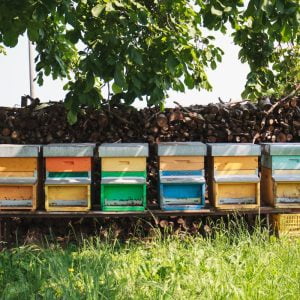
Plenty Of Nectar And Pollen Sources
Foraging honey bees will work hard to find nectar and pollen sources in their area. It is common knowledge that bees will fly for three to five miles to find nectar and pollen. They can cover a lot of ground.
Honey bees don’t always fly this far; they would much rather fly a shorter distance for nectar and pollen. It is helpful to know what is blooming in your area and which plants matter to bees.
New beekeepers should research what is blooming in their area, when it blooms, and what plants will benefit bees the most. Beekeepers may need to be prepared to supplement with sugar water at certain times (but not when honey supers are on the hive).
Local beekeepers and gardeners can be helpful resources for finding out what beneficial plants for bees are in your area. The best way to reach out to these beekeepers is through a local beekeeping association or a local Facebook group for beekeepers. You may be surprised how many different types of plants are naturally available for bees in your area.
If you ever see a jar of honey that says wildflower or multi flower or something similar, that means the honey came from bees who foraged naturally in their area. Most bee hives do not need to be placed where an orchard of fruit trees is blooming because the bees will find enough nectar and pollen from the wild trees and plants growing nearby.
You and your neighbors will notice a difference in the productivity of your flowers and vegetable garden as well as your fruit trees as a result of the pollination your honey bees provide. Hive placement with easy access to these resources will mutually benefit you and your honey bees.
Competition With Other Bees
Place your hives away from other apiaries to decrease nectar forage competition and the spread of pests. Sometimes this is easier to control than other times, and for the most part, this is a non-issue because bees are very resourceful. This is really only the case if you have any commercial beekeepers in your area that are dropping 50+ hives in your vicinity. When there are a lot of bees in one area and not enough resources, this can lead to robbing.
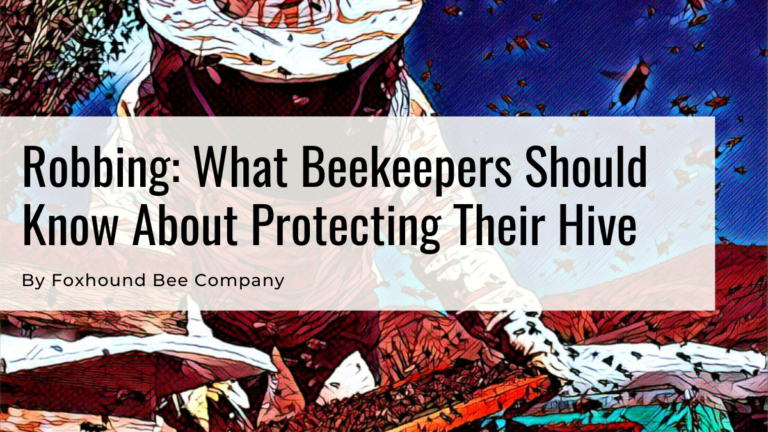
What is Robbing and What Beekeepers Should Know About Protecting Their Hive
What Is Robbing In Beekeeping? Robbing is when one colony is stealing honey or nectar from the syrup feeder or the inside of another colony.
Clean Source Of Water
Left to their own devices, honey bees are able to forage for their own water and don’t always need to be provided with drinking water. Usually, bees will be able to forage for water from a natural source like a lake, stream, or river. Bees really seem to like to drink from old rain water and muddy streams.

However, there are times when bees are not able to forage for water from a natural source and they may look for water in a place that you don’t want them to. It is common to find bees frequenting swimming pools, water bowls, outdoor faucets that drip, and other places like these.
Bees often congregate around the sugar water in hummingbird feeders, and hummingbird lovers do not appreciate that.
This can become a problem for neighbors when bees start visiting their pool (or other water features) daily and their pool is unusable because of it. So when thinking about a hive location, consider if there is a natural water source available. If there isn’t, backyard beekeepers might opt to create a water source for the bees.
A cheap wading pool from the dollar store or a bird bath with stones in it are a couple of great ways to water your bees if necessary.
Privacy For Your Bee Hives
While it helps the beekeeper to have easy access to their hives, it is not ideal for everyone else to have access to your hives. Bee hives should not be accessible to vandals or random people who could damage them intentionally or unintentionally. The best location will be out of reach of anyone or anything that might do them harm.
Easy Access To Your Apiary
Having quick access will make it easier to check on bees regularly. New beekeepers will want to check their hives often and being close by will make that easier. You will also need enough space to move around the hives and to set parts of hives aside during inspection.
You may want to consider a place that is close enough to walk to while carrying sugar water, extra equipment, treatments, tools, and anything else you may need while beekeeping.
Honey bees are stinging insects, so they shouldn’t be set up to fly into or through spaces where people will be relaxing or playing. You don’t want them flying at head level through areas that people and animals are often traversing. Set your hive entrances up to send the bees in a direction that won’t wear out their welcome.
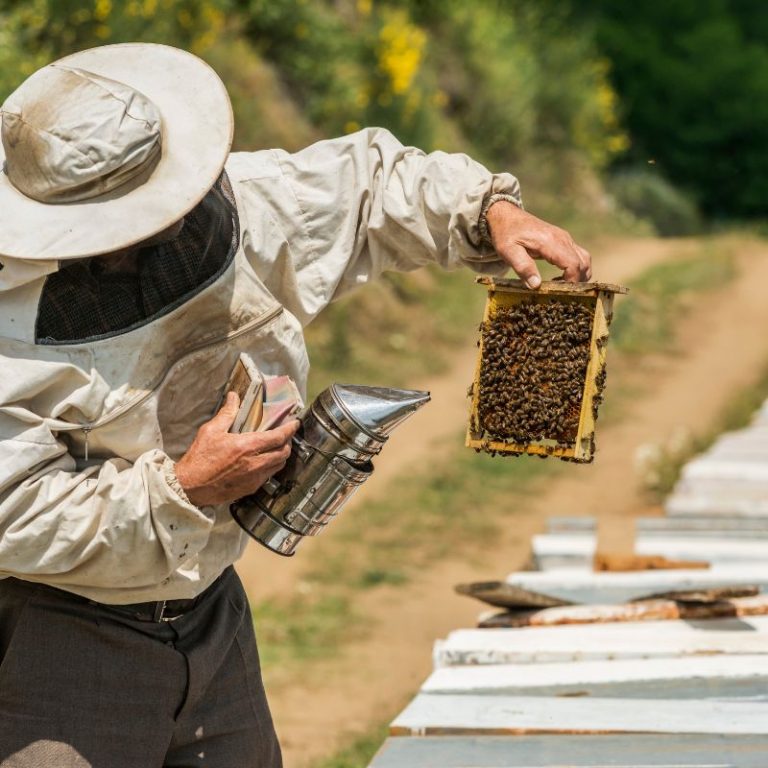
The bees’ flight path shouldn’t intersect with a sidewalk or regularly traveled footpath. Neighbors and your family members won’t appreciate the bees flying accidentally into their faces or bodies. Bees fly fast in and out of hive entrances and so they need a clear flight path for safety considerations and for productivity. Planting a hedge or building a fence between the colony and a well-traveled space may help direct the bees up and over the space.
When you put your hives in your yard, you want to make sure that you are comfortable with where they are and that you can still use your backyard. You don’t want to have to leave your back door every day and walk through the flight path of your bees.
Full Sun Is Best

Your hive needs plenty of sunlight; more is better—full sun—unless you live in an area of the country that gets 100°F days for much of the summer. Full sun will deter small hive beetles, who prefer shade and moisture. Early morning sun pouring into the entrance of the hive will wake the bees up early and give them more time to collect nectar and pollen.
If you are concerned about the hive’s temperature due to the direct sun it receives, you might consider using screened bottom boards or other types of hive ventilation in the hottest parts of summer. Screened bottom boards can also help fight hive beetles if you add a small hive beetle oil pan trap. The trays work well, but also our other beetle traps can be helpful. There are some ways to catch small hive beetles.
Your inner cover with a hole in it can offer some good ventilation as well. An inner cover also lifts the telescoping cover, making it easier to pry off.
If you are concerned that your bee box isn’t getting enough ventilation, but you need to reduce the front of the hive to create the smallest opening, you can use a ventilated entrance reducer in the entrance of the hive instead of a solid wooden one.
Stay Away From Pesticides
Check with your neighbors to be sure that you choose an apiary site where bees do not get a direct mosquito spray treatment. Let your neighbors know that you have bees, and if they’ll alert you when they plan to spray insecticides in large amounts, you can do things to protect your bees. Who knows, maybe they’ll even change their practice and not use chemicals that are harmful to bees.
Consider The Climate
Don’t place hives in a windy spot like on the edge of a lake. If you must, then consider ways to create a wind barrier to protect them. If you live in a place with strong prevailing winds, you’ll need to set up some sort of wind screen.
Similarly, don’t place a beehive in a location that is prone to high-risk natural disasters like wildfires, hurricanes, mudslides, blizzards, or tornados without some consideration of how you will deal with these events when they happen.
Don’t put your bees in low areas or in a flood zone for obvious reasons. Bees don’t swim very well, and flooding will destroy a hive. Also, wet, shady areas with soggy ground will encourage small hive beetles to take up residence.
This is a complete tangent, but did you know that beekeepers who are in the northern hemisphere are in the complete opposite season as beekeepers in the southern? So beekeepers in Georgia might be sweating it out in July, but beekeepers in Australia are worried about their bees getting too cold.
Protect Them From Critters And Livestock
Bears, skunks, raccoons and some other critters can be a danger to your new beehive. The best location will be in a place that these creatures cannot reach. Cows and Horses may rub on the hives, and Goats may climb on the hives, so livestock pastures might not be the perfect location. There could be some benefit to placing beehives near chickens or other poultry, who may eat some beehive pests.
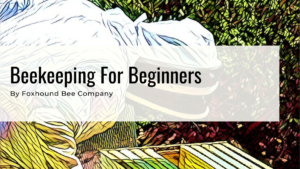
Master Guide – Beekeeping For Beginners
Table of Contents Starting a beehive and taking care of it is a lot of fun. From unpacking your new beekeeping suit to pouring (yes,

Master Guide – Is Beekeeping Right For Me?
Is beekeeping right for me?: Part 2 of 5 in our ultimate guide to getting started in beekeeping. Find out if you are the type

Master Guide – What Beekeeping Equipment Do I Need?
Figuring out beekeeping equipment is the most intimidating part of getting started in beekeeping. There are a lot of options, designs, and equipment configurations to
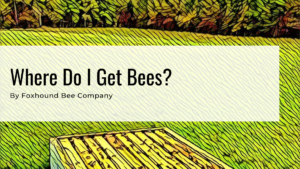
Master Guide – Where Do I Get Bees?
From our experience of getting new beekeepers started, no part of the beginning is harder than finding bees. Sometimes beginner beekeepers strike gold and get
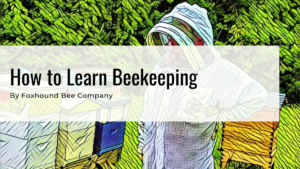
Master Guide – How To Learn Beekeeping?
Learning to become a beekeeper is a rewarding and challenging experience. There are a lot of ways to learn how to keep bees, and we
Maintenance
You will want to keep the grass and weeds from taking over your bee colonies. Choose a space that is easy to maintain and a space that you can get to easily with whatever landscape maintenance tools you may need—lawnmower, weed eater, scythe, or clippers.
If you are able, it is helpful to lay down a lot of mulch or a weed barrier under the hive before you set your hives up. This will make taking care of them a lot easier. When you get tall grass around the hives, it makes it easer for ants to become a problem.
Follow Your Community’s Rules
Put them in a place that is legal and allowed by the government or home owner association. Find out before you go to the trouble and expense of setting up your hives. If beekeepers set up and then have to move their hives somewhere else because they didn’t check the rules, it’s stressful for the bees and the beekeeper.
You may think once you place a hive, it is it’s permanent home but you can actually move a hive. It is just very difficult to move a full size colony so it pays to take a little bit of time in the beginning to find the right location.
What Kind Of Stand Does My Beehive Need?
You’ll need some kind of hive stand. It is better not to place a beehive directly on the ground, as that will make it easy for pests to walk right into the hive entrance. Many people stack cinder blocks and place a beehive on top of them. Another option is to make or buy a wooden hive stand or a metal hive stand. Pine, cedar, poplar, and cypress are common woods used for bee hives.
An important thing for a new beekeeper to consider is whether you will be able to reach the top box when there are multiple honey supers on the hive. If you build your bee colonies too high, you might need a ladder to reach the top in July! Make sure your hive stand isn’t too tall.
In urban areas people sometimes place their beehives on the roof of their building. The most important things to consider in this scenario are wind and heat.
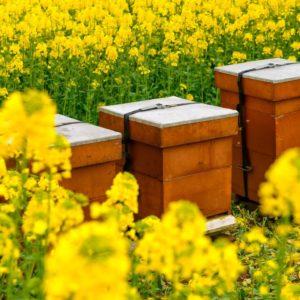
Make It Look Nice
Beehives and bees can be a lovely addition to your garden space. You’ll want to take lots of photos of your bee boxes in dappled sunlight, bees going in and out of the hive entrance, and lovely frames of brood and capped honey. Put your hives in a beautiful place, and the bees will make it even more beautiful.




